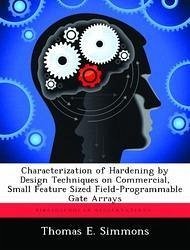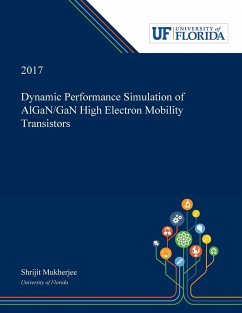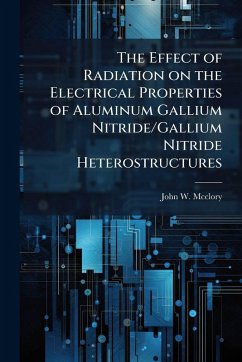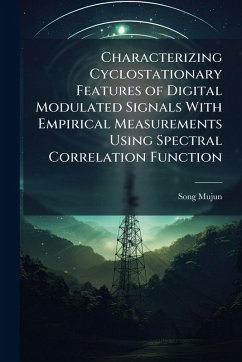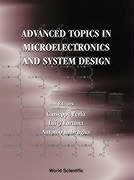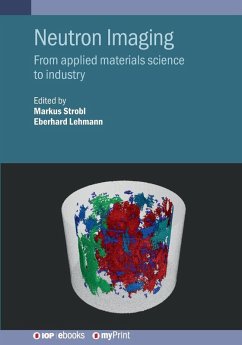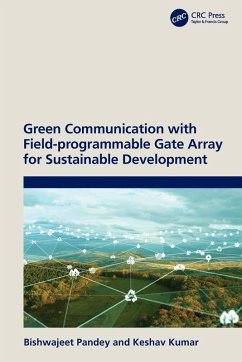
In-Situ Gate Bias Dependent Study of Neutron Irradiation Effects on Algan/Gan Hfets
Versandkostenfrei!
Versandfertig in über 4 Wochen
15,99 €
inkl. MwSt.

PAYBACK Punkte
8 °P sammeln!
In this study, unpassivated and SiN passivated Al0.27Ga0.73N/GaN HFETs were subjected to neutron radiation at 120 K. The primary focus of the research was the effects of neutron irradiation on drain current, gate leakage current, threshold voltage shift, gate-channel capacitance, and the effects of biasing the gate during irradiation. In-situ measurements were conducted on transistor current, gate-channel capacitance, and gate leakage current vs. gate bias beginning at 77 K through 300 K in 4 K temperature intervals. The drain currents increased for all devices, with a lesser increase observed...
In this study, unpassivated and SiN passivated Al0.27Ga0.73N/GaN HFETs were subjected to neutron radiation at 120 K. The primary focus of the research was the effects of neutron irradiation on drain current, gate leakage current, threshold voltage shift, gate-channel capacitance, and the effects of biasing the gate during irradiation. In-situ measurements were conducted on transistor current, gate-channel capacitance, and gate leakage current vs. gate bias beginning at 77 K through 300 K in 4 K temperature intervals. The drain currents increased for all devices, with a lesser increase observed for passivated devices. The changes in carrier concentration and carrier mobility, obtained from observed drain current increases and calculated with the charge control model using observed threshold voltage shifts, were attributed to trapped, positive charges in the AlGaN layer. This trapped positive charge resulted from electron-hole pairs created by neutron radiation-induced ionizations. The leakage current increased in all devices, with a smaller change observed in passivated devices. This increase was attributed to the formation of interface traps. Biasing the gate under neutron irradiation had no effect on electrical performance of HFETs. This work has been selected by scholars as being culturally important, and is part of the knowledge base of civilization as we know it. This work was reproduced from the original artifact, and remains as true to the original work as possible. Therefore, you will see the original copyright references, library stamps (as most of these works have been housed in our most important libraries around the world), and other notations in the work. This work is in the public domain in the United States of America, and possibly other nations. Within the United States, you may freely copy and distribute this work, as no entity (individual or corporate) has a copyright on the body of the work. As a reproduction of a historical artifact, this work may contain missing or blurred pages, poor pictures, errant marks, etc. Scholars believe, and we concur, that this work is important enough to be preserved, reproduced, and made generally available to the public. We appreciate your support of the preservation process, and thank you for being an important part of keeping this knowledge alive and relevant.




